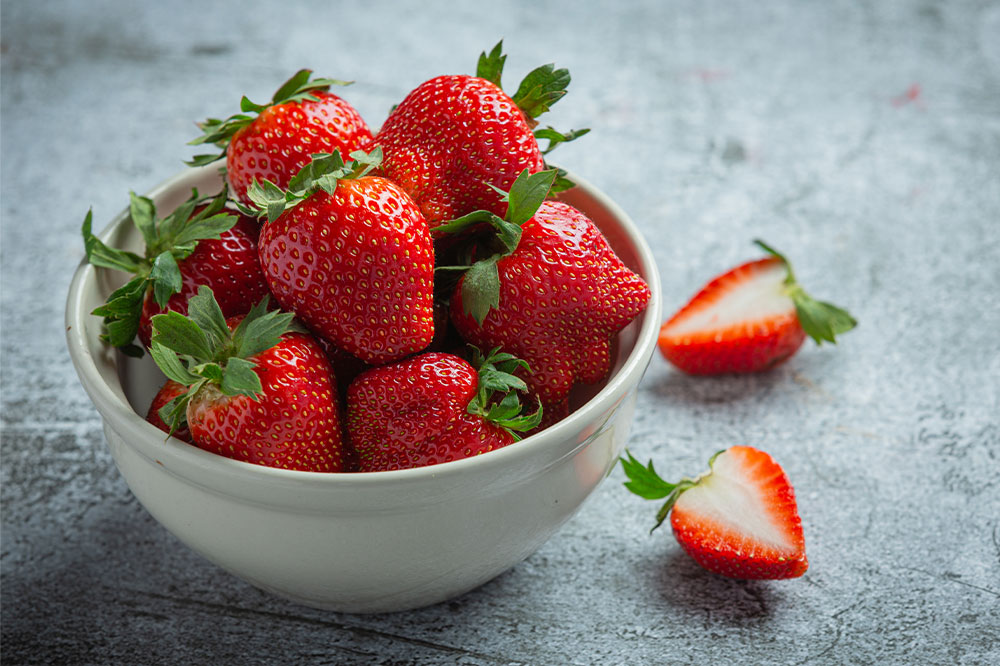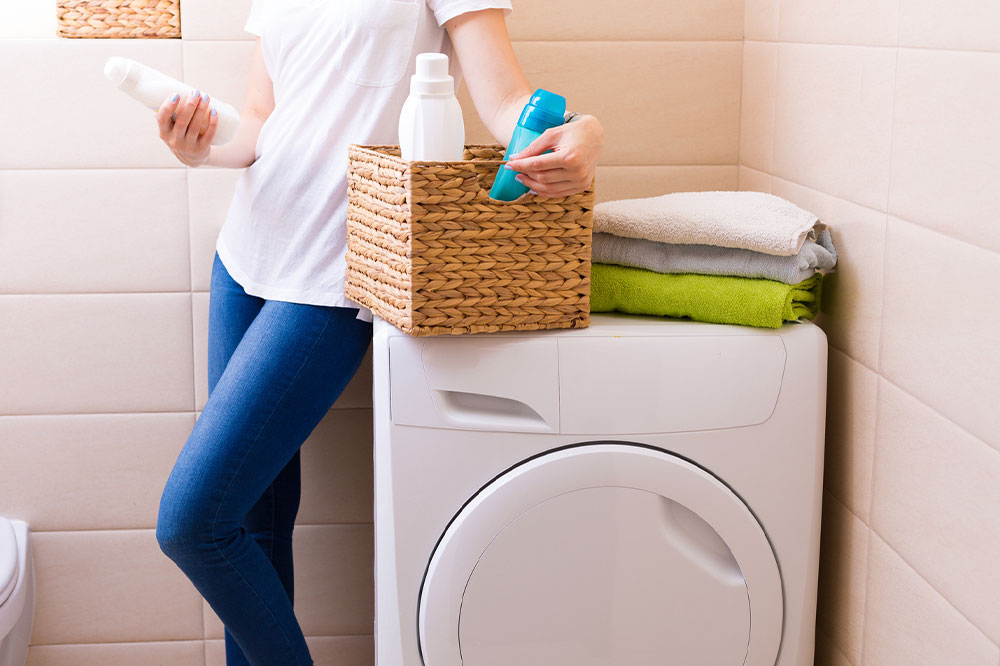7 Human Foods That Cats Can Enjoy

If you are a pet parent, you must be used to examining the ingredient list of pet foods at the grocery store. While cats are carnivores, not all human foods suit them. Ensuring that everything they eat is safe can require considerable research. However, certain foods from your plate could be great snacks for cats. So, read on to see the delicious yet safe foods you can give your pet to meet their nutritional needs:
Human foods safe for cats
Here are some fruits, vegetables, and other snacks your cat may enjoy. However, you must give them these items in moderation, as most of your pet’s food should be specifically designed for them. Many brands offer wet cat food products to help pets meet their daily nutrient requirements. Nevertheless, here are a few human foods safe for cats:
Strawberries
Strawberries are an incredibly delicious treat, and they can be just as beneficial for cats as humans. Strawberries are a great source of antioxidants, vitamin C, folate, and potassium. These nutrients help boost your cat’s digestive and overall health. Strawberries contain ellagic acid, which helps protect the cells from the harmful effects of free radicals (unstable damage-causing atoms) and improves eye health. The fibers in strawberries promote a healthy gut, and the fresh flavor makes the fruit a favorite for your furry friend. Additionally, strawberries can even help eliminate bad breath in cats.
Bananas
Cats may enjoy bananas as occasional treats, and the fruit can have certain benefits. First, it is a good source of fiber, which can help regulate digestion and prevent constipation. Banana also contains several vitamins and minerals, such as vitamin C and potassium, that can help improve overall health.
Salmon
Salmon packs protein and essential fatty acids, which can help support the overall health of cats. The fatty acids in salmon are known to enhance coat (fur) health and reduce inflammation and joint pain in cats. The fish also offers proteins and vitamins, including vitamins A and D, which boost vision and immunity and strengthen bones. Additionally, salmon has higher levels of omega-3 fatty acids than other protein sources. Omega-3 is an important nutrient for cats, providing them with the fatty acids that their bodies can not make naturally.
Spinach
Spinach is packed with nutrition for cats. Not only is the leafy green low in calories, but it also contains essential vitamins and minerals that are important for your cat’s overall well-being. Vitamins A and C in spinach help maintain your pet’s immune system health and digestive health. Spinach also has high amounts of potassium, iron, magnesium, and calcium, which can help strengthen muscles and contribute to the cat’s bone strength, enzyme production, and cardiovascular function. Its taste may not always appeal to cats, but veterinarians may recommend adding this leafy green food to their meals.
Fish oils
Fish oils can be healthy for cats in several ways. One of the main benefits is their high concentration of omega-3 fatty acids, particularly eicosapentaenoic acid (EPA) and docosahexaenoic acid (DHA). These fatty acids are essential for a cat’s health and play a crucial role in maintaining the health of its skin, coat, joints, and immune system. Fish oils are a powerful source of important vitamins and nutrients for cats. These essential fatty acids provide cats with anti-inflammatory properties that can help improve joint health, reduce skin allergies, and increase fur sheen. Additionally, studies have shown that regular fish oil supplements can help lower high cholesterol levels in cats and the risk of developing conditions such as heart disease. Fish oils particularly benefit elderly cats who cannot properly utilize vitamins and minerals from their food. By supplementing your pet’s meals with fish oils, you can ensure they stay healthy and active for a long time.
Oatmeal
Oatmeal is a healthy and nutritious cat food that contains protein, fiber, zinc, vitamins B1 (thiamine) and B3 (niacin), and fatty acids. Oatmeal aids easy digestion by providing prebiotic fibers, which help feed the good bacteria in your cat’s intestinal tract. Other minerals in oatmeal, such as iron and zinc, contribute to a strong immune system. The texture of oatmeal is great for cats who need to brush their teeth as it helps scrape off plaque buildup. Additionally, oatmeal has anti-inflammatory and antioxidant properties that boost the animal’s immune system health. All these benefits make oatmeal an excellent snack for your furry friend.
Cheese
Cheese can be a wholesome and healthy cat snack, although it should always be given in moderation. It is rich in protein, an essential nutrient for cats’ overall health and development. Cheese also supports bones, promotes a healthy immune system, and supplies energy for cats’ active lifestyles. When choosing cheese for your pet, look for cheese with high protein content and low levels of saturated fat, as this will provide the most health benefits. However, certain cheeses, such as blue cheese or those with high sodium levels, should be avoided. Additionally, always check the label to ensure the cheese has been pasteurized; otherwise, it poses a risk for foodborne illness (such as botulism and salmonella).
Cats require customized meal regimens to meet their particular nutritional needs and health. Some human foods can be safe for cats, and adding these items as supplements or occasional treats rather than replacing their regular meals should be safe. Royal Canin, Purina, and Weruva are some of the best wet food brands for cats. Wet food provides cats with the hydration and nutrients they need, and they also find wet food easier to eat and digest food. While daily meals should always consist of nutrient-rich cat food from trusted pet food brands, occasional treats like cooked meat (not raw), plain boiled potatoes, unsalted mixed nuts, healthy bottled fish, ripe bananas, plain cream cheese, and small amounts of yogurt can give cats the variety they seek. Whether you are considering feeding your cat human foods or not, you should seek a vet’s advice to ensure your pet stays happy and healthy.


